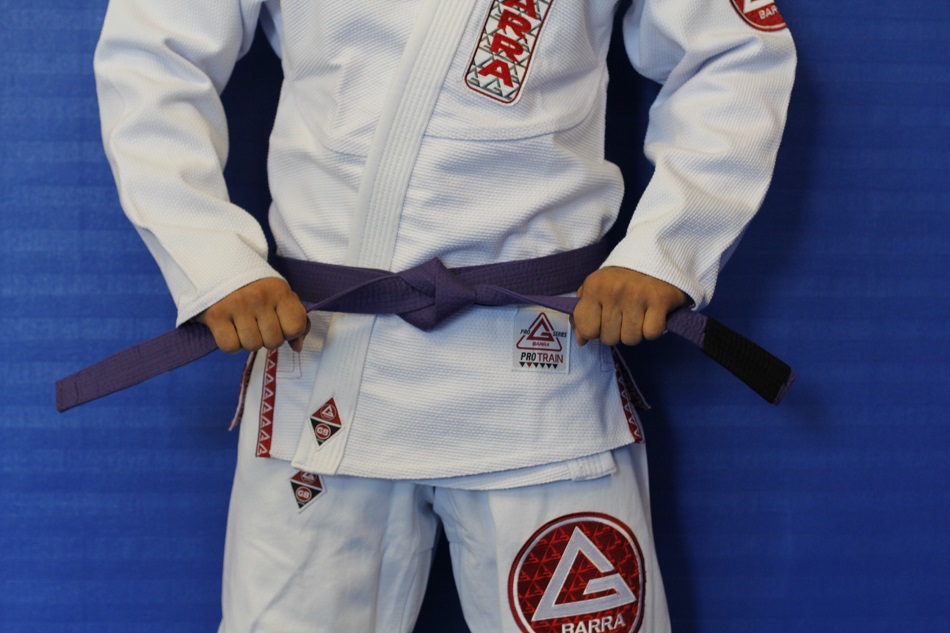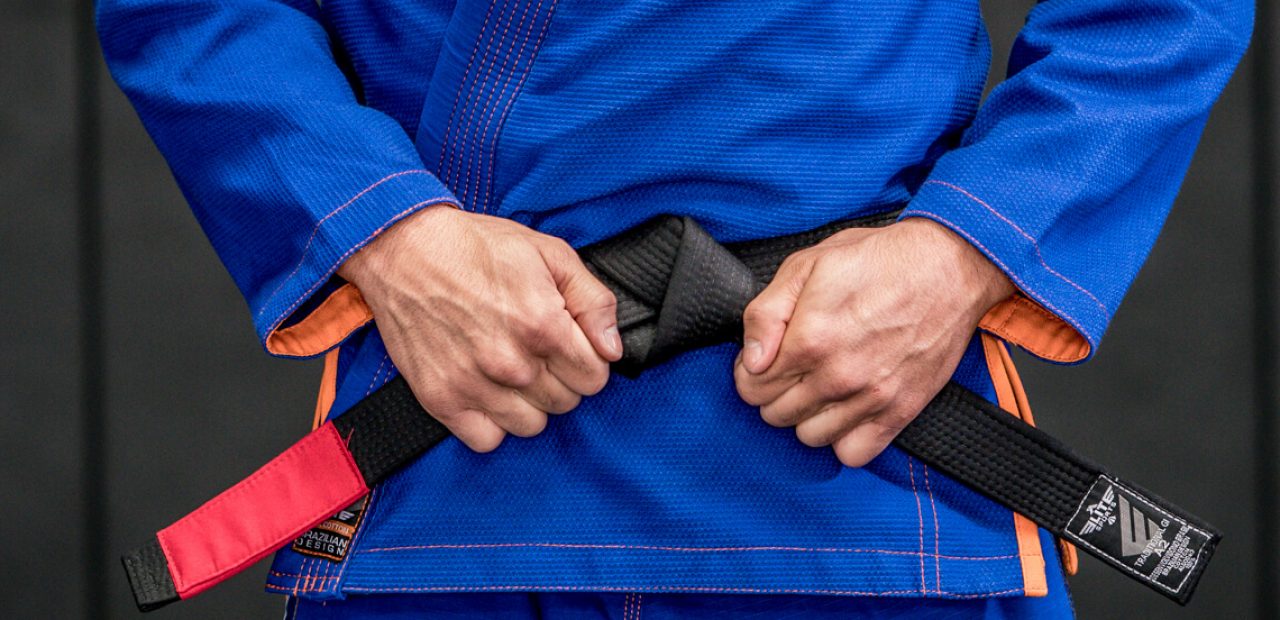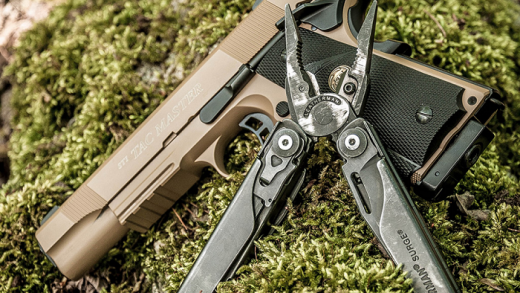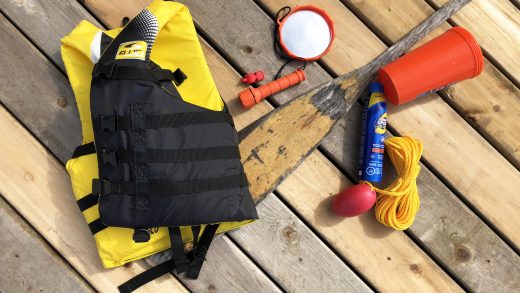What are the Key Characteristics of Quality BJJ Belts?
If you’re someone who just got into BJJ, or you own a gym and want to give your new practitioners a belt that will last them until they reach the next level and get a new belt, you are on the right place. The truth of the matter is, today there are various kinds of belts from different brands available and picking one that will stand up to the abuse BJJ belts are put through when training and competing isn’t an easy task. You want the BJJ belts you get to represent the quality that your gym upholds.
But how do you recognize quality when you are on a budget and are looking at BJJ belts for sale? Well, in order for them to last long they need to be made of durable materials like hemp or poly-cotton. These materials are far more durable than the rest on the market, and they can withstand the abuse they’ll be put through in BJJ training and matches. Furthermore, a quality belt comes with a warranty, which ensures you that the brand that made the belt stands behind its integrity and quality.

The next thing to consider when looking at BJJ belts for sale is the fit and performance. Some belts are stiff when you get them, but they become softer as you wear them and wash them. Others, however, won’t soften up, which can become problematic. Pick belts that are appropriate to your waist size so that you can tie a good knot without them hanging below your knees. However, some belts shrink as you wash them, and they become too small to use after a few washes, so you might want to consider that when picking a size as well. Speaking of knots, the two most convenient ways to tie a belt are with a flat knot and a reef knot. Both these knots ensure your belt doesn’t stick up from one side.
And lastly, don’t shy on buying some extra belts. BJJ belts are quite affordable and you should own quite a few. In fact, many practitioners buy a belt before they’re promoted, so that when they get promoted they can start wearing one immediately. Other BJJ practitioners have belts that they wear for competing and belts that they wear for practicing. Bottom line is, plan ahead and do your homework before purchasing, and you can’t get the wrong belt.

















